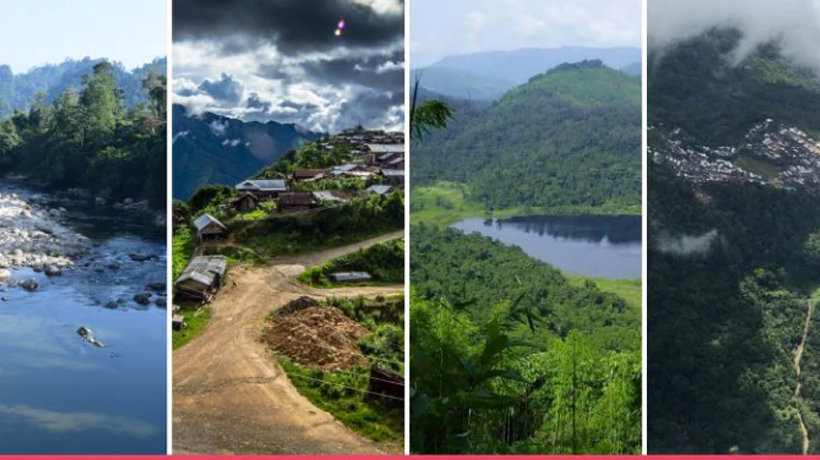Trending Now
- 830 voters names go missing in Kavundampalayam constituency
- If BJP comes to power we shall consider bringing back electoral bonds: Nirmala Sitaraman
- Monitoring at check posts between Kerala and TN intensified as bird flu gets virulent in Kerala
Education
IITs come together to map climate change danger in 12 Indian Himalayan states
![]() March 15, 2019
March 15, 2019
Researchers from Indian Institute of Technology- Guwahati, Mandi, and Indian Institute of Science Bengaluru, Department of Science (DST) along with the Swiss Agency for Development and Cooperation (SDC) have collaborated to develop a climate change vulnerability assessment for the Indian Himalayan region using a common framework called as the National Mission for Sustaining the Himalayan Ecosystem (NMSHE).
What is IIT climate vulnerability assessment all about?
For the first time, all 12 Himalayan states have used a common framework resulting in the production of comparable state-level and within the state, district-level vulnerability maps.
The 12 states are Assam, Manipur, Meghalaya, Mizoram, Nagaland, Tripura, Arunachal Pradesh, Sikkim, hilly districts of West Bengal, Himachal Pradesh, Uttarakhand and Jammu and Kashmir.
Such comparable vulnerability assessments are useful for the governments, implementers, decision makers, funding agencies and development experts to gain a common understanding on vulnerability, enabling them to assess which state is more vulnerable, what has made them vulnerable and how they might address these vulnerabilities.
Voices from all the corners: Indian and global perspective:
Highlighting impact of the project, Ashutosh Sharma, Secretary, Department of Science and Technology, said: “The adaptation to climate change is a collaborative effort between appropriate use of technology, a vision that produces policies, a change at ground level and engaging the local communities.”
“These vulnerability maps will play a crucial role in this effort.”
Timothy A. Gonsalves, Director IIT-Mandi, said: “Being situated in the Himalayan region, IIT-Mandi is proud to be a part of this vulnerability assessment exercise and a leader in technology in this region.”
Deputy Head of Mission of the Swiss Embassy Tamara Mona said: “Switzerland, like India, has a long experience in facing the potential opportunities and risks. Swiss national policy for climate change adaptation has been complemented by local government strategies, based on detailed and locally anchored risks assessment, maps and preparedness, plans and actions.”
Addressing the workshop, Tamara Mona, Deputy Head of Mission, Embassy of Switzerland in India said, “Switzerland, like India, has a long experience in facing the potential opportunities and risks. Swiss national policy for climate change adaptation has been complemented by local government strategies, based on detailed and locally anchored risks assessment, maps and preparedness, plans and actions. The IHCAP project of SDC, in partnership with DST, is supporting the implementation of NMSHE in India with a similar approach”
























